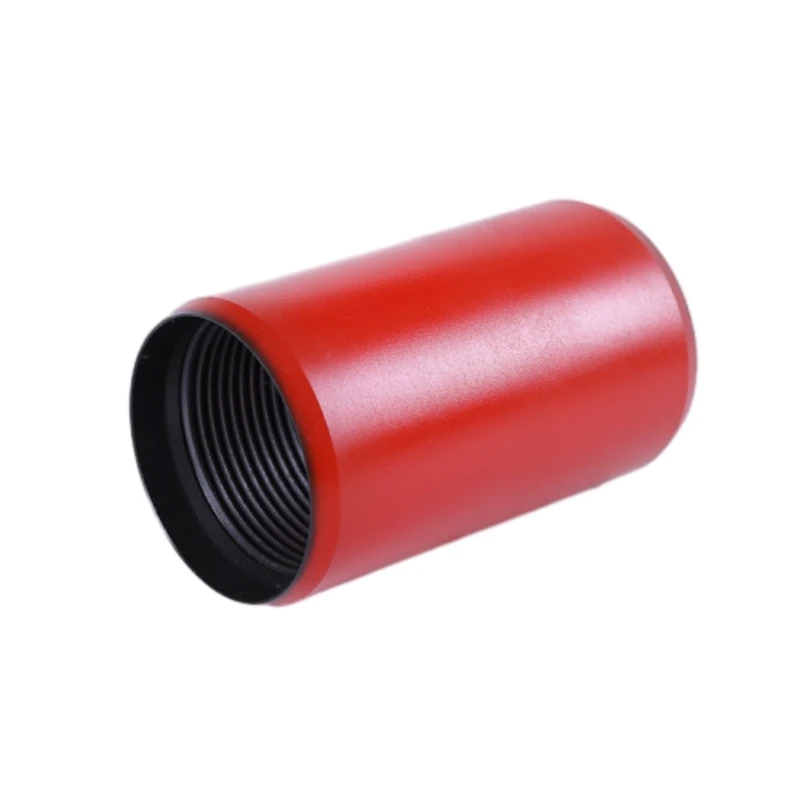- Afrikaans
- Albanian
- Amharic
- Arabic
- Armenian
- Azerbaijani
- Basque
- Belarusian
- Bengali
- Bosnian
- Bulgarian
- Catalan
- Cebuano
- Corsican
- Croatian
- Czech
- Danish
- Dutch
- English
- Esperanto
- Estonian
- Finnish
- French
- Frisian
- Galician
- Georgian
- German
- Greek
- Gujarati
- Haitian Creole
- hausa
- hawaiian
- Hebrew
- Hindi
- Miao
- Hungarian
- Icelandic
- igbo
- Indonesian
- irish
- Italian
- Japanese
- Javanese
- Kannada
- kazakh
- Khmer
- Rwandese
- Korean
- Kurdish
- Kyrgyz
- Lao
- Latin
- Latvian
- Lithuanian
- Luxembourgish
- Macedonian
- Malgashi
- Malay
- Malayalam
- Maltese
- Maori
- Marathi
- Mongolian
- Myanmar
- Nepali
- Norwegian
- Norwegian
- Occitan
- Pashto
- Persian
- Polish
- Portuguese
- Punjabi
- Romanian
- Russian
- Samoan
- Scottish Gaelic
- Serbian
- Sesotho
- Shona
- Sindhi
- Sinhala
- Slovak
- Slovenian
- Somali
- Spanish
- Sundanese
- Swahili
- Swedish
- Tagalog
- Tajik
- Tamil
- Tatar
- Telugu
- Thai
- Turkish
- Turkmen
- Ukrainian
- Urdu
- Uighur
- Uzbek
- Vietnamese
- Welsh
- Bantu
- Yiddish
- Yoruba
- Zulu
coupling for tubing
Understanding Coupling for Tubing An Essential Component in Oil and Gas Industry
In the oil and gas industry, the efficient transportation of hydrocarbons from underground reservoirs to processing facilities is paramount. One crucial component that plays a significant role in this process is tubing, which facilitates the extraction of oil and gas. At the core of tubing systems are couplings, which are essential for connecting individual lengths of tubing securely. This article explores the importance, types, and applications of couplings for tubing, highlighting their role in ensuring operational efficiency and safety.
Understanding Coupling for Tubing An Essential Component in Oil and Gas Industry
There are several types of couplings, each suited for different applications and conditions. The most commonly used are threaded, welded, and flush couplings. Threaded couplings feature internal and external threads that allow easy connection and disconnection of tubing sections, making them ideal for temporary setups or maintenance scenarios. On the other hand, welded couplings provide a permanent joint that can enhance the strength of the tubing string, making them suitable for high-pressure applications. Flush couplings are designed to minimize turbulence and pressure drop within the tubing, providing an optimal flow path, especially in production scenarios where fluid dynamics is critical.
coupling for tubing

The selection of coupling types and materials is influenced by several factors, including the operating pressure, temperature, and the nature of the fluids being transported. For instance, in corrosive environments, operators may prefer couplings made from corrosion-resistant alloys or those that have been specially treated to withstand harsh conditions. Choosing the right coupling is not merely about functionality; it also involves considerations surrounding safety, as a failure in coupling integrity can lead to catastrophic consequences, including leaks and blowouts.
Proper installation and maintenance of couplings are equally important. Operators must ensure that couplings are installed according to manufacturer specifications and industry standards to avoid issues such as misalignment or improper tightening, which can lead to leaks over time. Regular inspections and maintenance schedules are crucial for identifying wear or damage to couplings, thereby preventing unexpected failures and ensuring continuous operations.
In addition to their functional roles, couplings also play a part in the overall design and layout of tubing systems. Engineers must carefully plan the spacing, positioning, and type of couplings used in tubing strings to optimize flow efficiency and minimize the risk of operational interruptions. This planning extends to considering future expansion or modifications to the system, where appropriate coupling choices can facilitate easier upgrades and repairs.
In conclusion, couplings for tubing are indispensable components in the oil and gas industry, ensuring reliable and efficient fluid transportation. Understanding the different types of couplings, their applications, and the best practices for installation and maintenance is essential for operators aiming to optimize their processes while maintaining safety and reliability. As the industry continues to evolve with advancements in technology and techniques, the role of couplings in enhancing operational integrity remains a critical focus for engineers and technicians alike.
-
Tubing Pup Joints: Essential Components for Oil and Gas OperationsNewsJul.10,2025
-
Pup Joints: Essential Components for Reliable Drilling OperationsNewsJul.10,2025
-
Pipe Couplings: Connecting Your World EfficientlyNewsJul.10,2025
-
Mastering Oilfield Operations with Quality Tubing and CasingNewsJul.10,2025
-
High-Quality Casing Couplings for Every NeedNewsJul.10,2025
-
Boost Your Drilling Efficiency with Premium Crossover Tools & Seating NipplesNewsJul.10,2025







